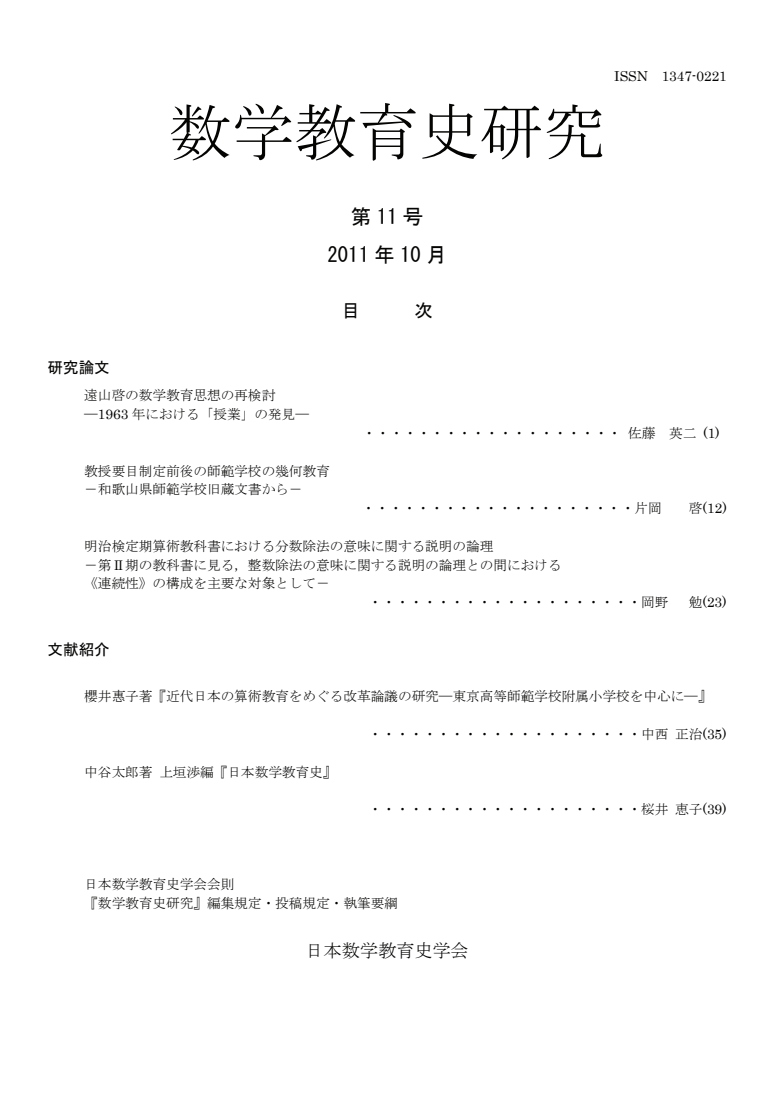Volume 11
Displaying 1-11 of 11 articles from this issue
- |<
- <
- 1
- >
- >|
-
2011Volume 11 Pages 0
Published: 2011
Released on J-STAGE: November 13, 2023
Download PDF (232K) -
2011Volume 11 Pages i-iv
Published: 2011
Released on J-STAGE: March 10, 2022
Download PDF (548K)
Articles
-
2011Volume 11 Pages 1-11
Published: 2011
Released on J-STAGE: March 10, 2022
Download PDF (516K) -
2011Volume 11 Pages 12-22
Published: 2011
Released on J-STAGE: March 10, 2022
Download PDF (1024K) -
2011Volume 11 Pages 23-34
Published: 2011
Released on J-STAGE: March 10, 2022
Download PDF (871K)
-
2011Volume 11 Pages 35-38
Published: 2011
Released on J-STAGE: March 10, 2022
Download PDF (471K) -
2011Volume 11 Pages 39-40
Published: 2011
Released on J-STAGE: March 10, 2022
Download PDF (397K) -
2011Volume 11 Pages 41
Published: 2011
Released on J-STAGE: November 13, 2023
Download PDF (373K) -
2011Volume 11 Pages 42-43
Published: 2011
Released on J-STAGE: November 13, 2023
Download PDF (457K) -
2011Volume 11 Pages 44
Published: 2011
Released on J-STAGE: November 13, 2023
Download PDF (391K) -
2011Volume 11 Pages 45
Published: 2011
Released on J-STAGE: November 13, 2023
Download PDF (149K)
- |<
- <
- 1
- >
- >|
